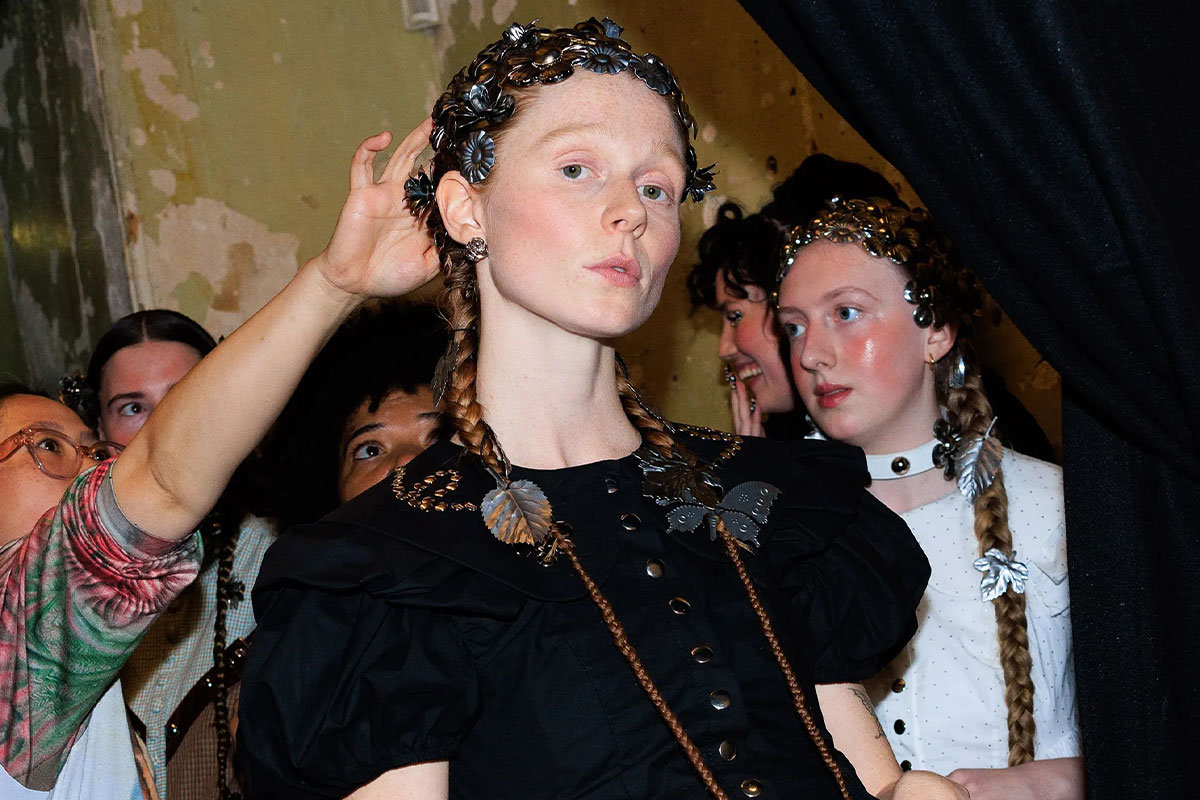
Image/ Behind The Chair
By Helena Madonna
When curiosity and sheer boredom got the best of some of us during 2020's COVID lockdowns, our hair copped some rather catastrophic consequences. While some took the scissors into their own hands, others dove headfirst into their local supermarket's hair colour stash. As a result of this experimentation, sorry locks were in desperate need of a specialised colour service called 'colour correction.'
As a hairdresser, I too got very familiar with those lockdown DIY repercussions. Through many heads of hair, section by section I saw all of those moments of curiosity in the form of breakage, bands, stripes and fried split ends. Like many other stylists in the industry, I'm no stranger to having to tackle and correct these hair issues.
Reasons for needing a colour correction service aren't only restricted to the results of DIY hair projects. Our environment and daily hair practices that may seem harmless can sometimes lead to hair colour snafu's. What are they and are there ways to avoid them you may ask? Don't fret, you've come to the right place.
What is colour correction?
A colour correction service involves a specialized technique that aims to fix, even out or enhance tones in the hair. Think about it like you would editing a photo; you're aiming to highlight, tweak or disguise certain parts of the image. A colour correction service follows a similar ideology.
However, an in-salon service of this kind isn't as simple as adjusting a few toggles to your liking. This service can take anywhere between thirty minutes to eight or more hours (think Kim K's Met Gala blonde overnight makeover). The term 'colour correction' is a broad one; you may already practise this at home as you reach for the purple shampoo to correct brassy tones. However, on the other end of the spectrum, a colour correction can be complicated and technical, requiring the knowledge of an experienced stylist.
Are you in need of a colour correction?
It's time to get familiar, if you resonate with any of the following hair issues, a corrective service may be what your locks need:
BRASSY TONES
An issue most blondes are no stranger to. If your purple shampoo is struggling to kick those brassy ends, you may have misdiagnosed the tone. The correcting abilities in a purple shampoo or conditioner are only effective on yellow or golden tones. If the brassiness in your hair has a more red or burnt orange hue, you may need an in-salon toner or colour correction.
UNEVEN COLOUR
If a colour isn't applied thoroughly enough or in sections, the result can be uneven, patchy or 'wishy-washy'. This can sometimes require a tedious correction service.
DIY FAUX PAS
The consequence of a moment of curiosity and a desire to experiment with home colours, bleaches or box dyes. Warning: the results can be disastrous and expensive to fix.
FADING
Faded colour can be the result of many things; too much time in our harsh NZ sun [Read: Why Your Hair Needs UV Protection too], too much time in between colour appointments or the use of an unsuitable shampoo or conditioner.
OVERTONES
A term used to describe the unintentional result of an oversaturated undertone. For example, when your hair is left with a strong purple hue after using a purple shampoo or toner.
UNDERLYING PIGMENTS
The 'underlying pigment' is the undertone that makes up everyone's natural hair colour, they range between red and light yellow, depending on your hair colour. An 'underlying pigment' is commonly exposed during a bleaching process, when taking the hair from dark to light.
OVERLAPPING
If you're partial to a box dye or a DIY colour than you may be familiar with this one. When a colour application overlaps with a previous one or your regrowth line, this can lead to an uneven result or 'bands'.
HARD WATER
Hard water is water that has a high mineral content, this can cause a build-up on the hair. In some cases, it can change the colour and texture of your hair. Specific products and treatments are needed to remove this build-up.
What to expect
If your locks are looking a little worse for wear and you suspect they may need a corrective service, although it may be tempting to try to fix it yourself, this is not the time for a DIY project. Booking a salon appointment with a colourist with experience and broad knowledge of colour correction services is necessary.
A consultation ahead of the appointment is recommended. This way, you and your stylist can talk in detail about your hair colour history which will determine exactly what kind of service is needed and how long it will take. It's important to be completely honest and transparent with your stylist and try to be as thorough as possible about your hair colour journey. For those with long hair, this is especially important. All though it may seem irrelevant, those spontaneous box dye jobs you
experimented months ago could very well be detrimental to a colour correction service.
It's important to note that some hair issues take longer to correct than others, in some scenarios, you'll need to prepare to spend a good portion of the day at the salon. In other words - bring snacks.
How to avoid a colour correction
Although it may be down to bad luck or simply unavoidable, certain daily practices or products can be used to help you steer clear of corrective services.
FIND THE RIGHT SHAMPOO FOR YOU
For colour-treated hair, using a shampoo and conditioner that properly closes your cuticle is vital in ensuring your colour's longevity. The endless haircare options available at our fingertips can be overwhelming so if you're unsure talk to your hairdresser about what your hair needs from its shampoo and conditioner.

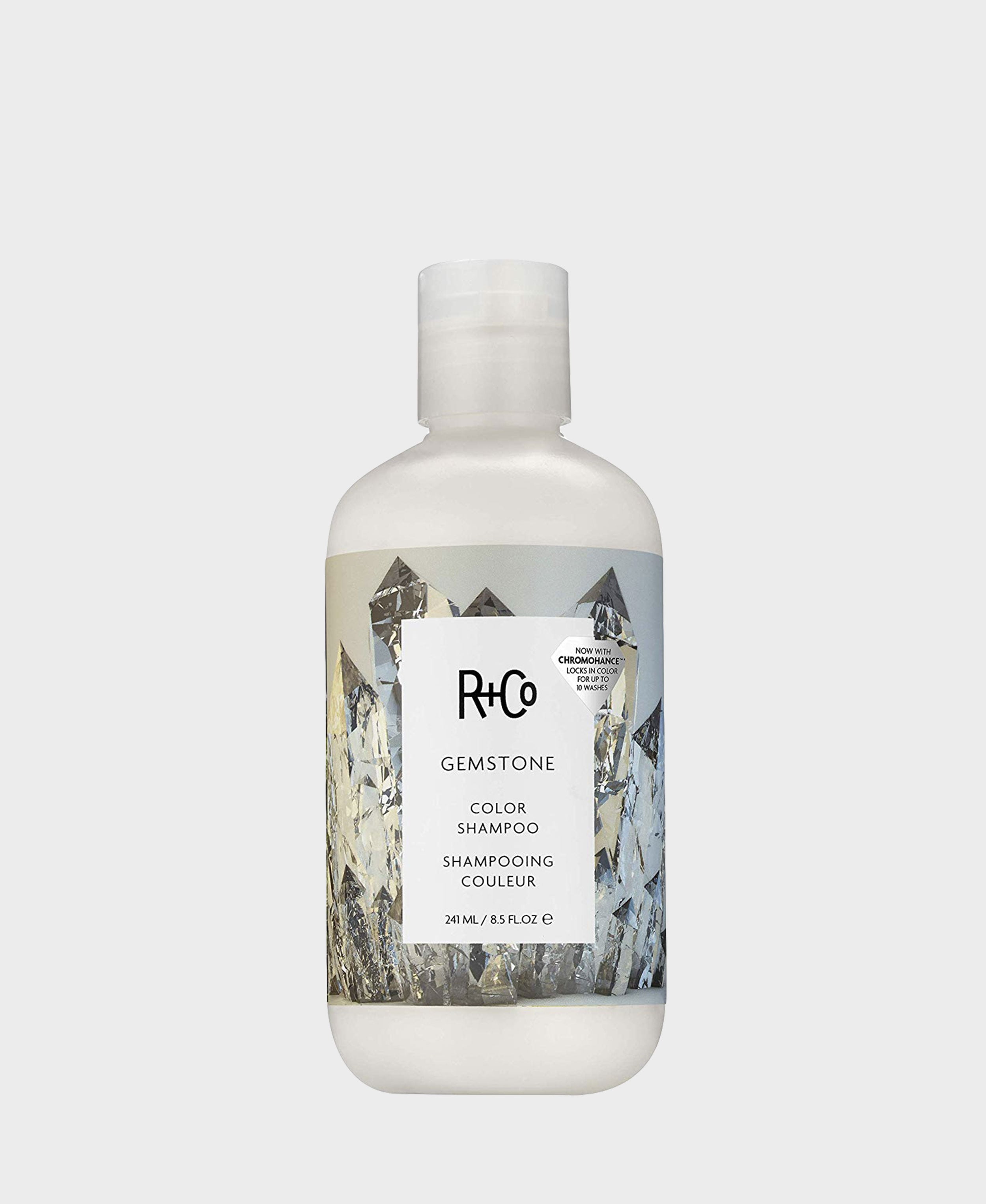
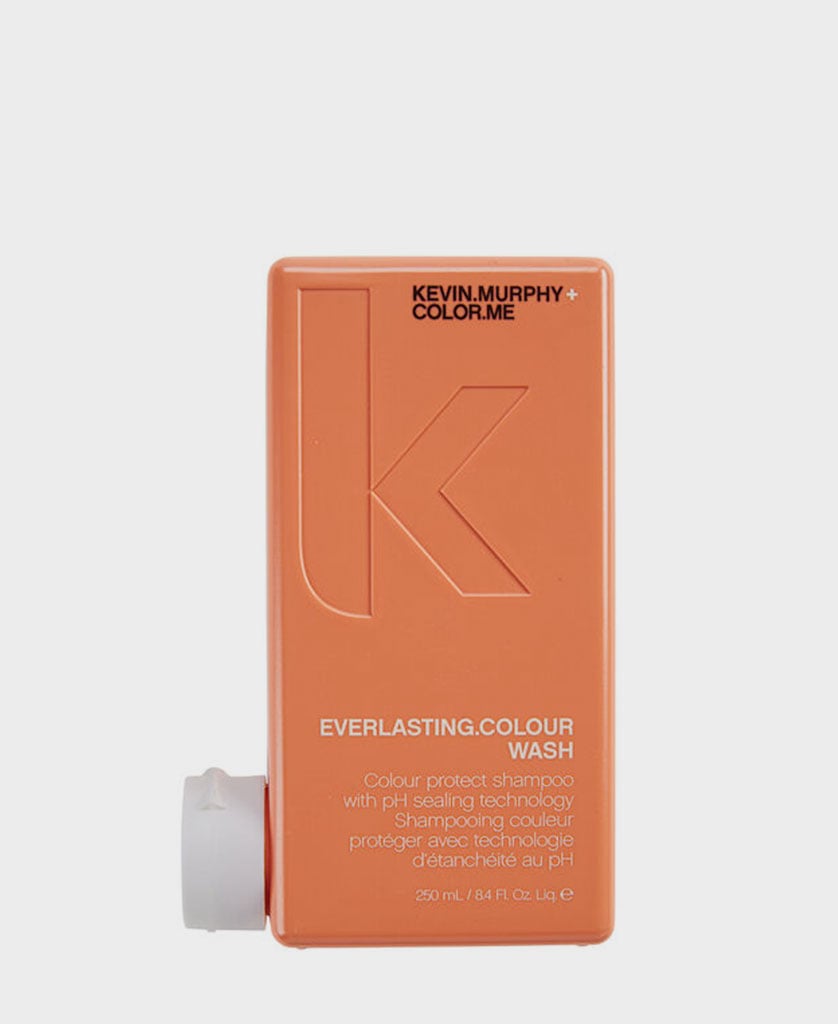
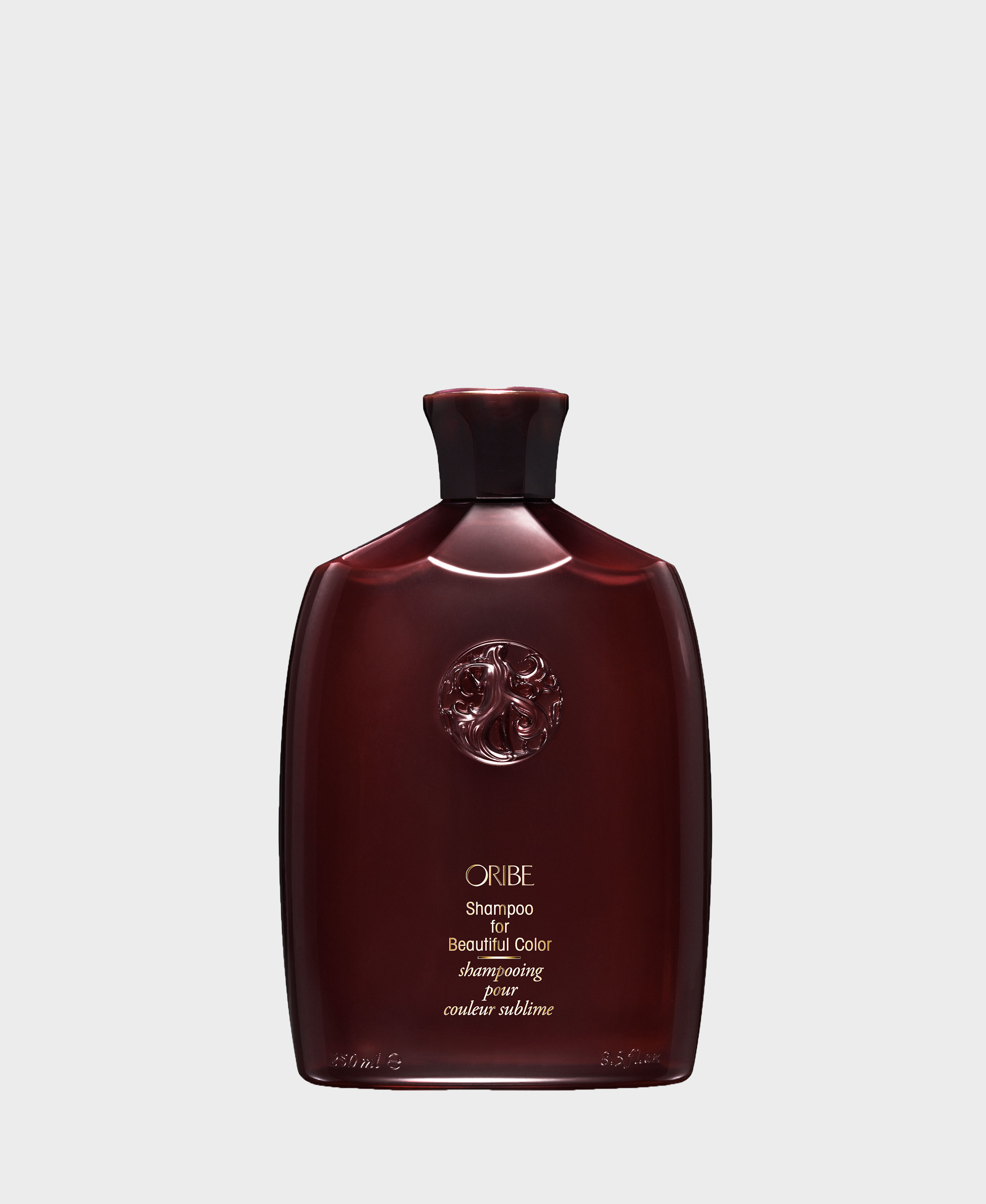
DETOX
Much like our livers after a big weekend, sometimes our hair needs a little detox. Build-up from salt water, chlorine, the regular use of products or hard water can have an impact on your hair and how it holds onto colour. Luckily, there are an array of colour-safe shampoos and treatments that can help to remove that buildup. They also work wonders for blondes.

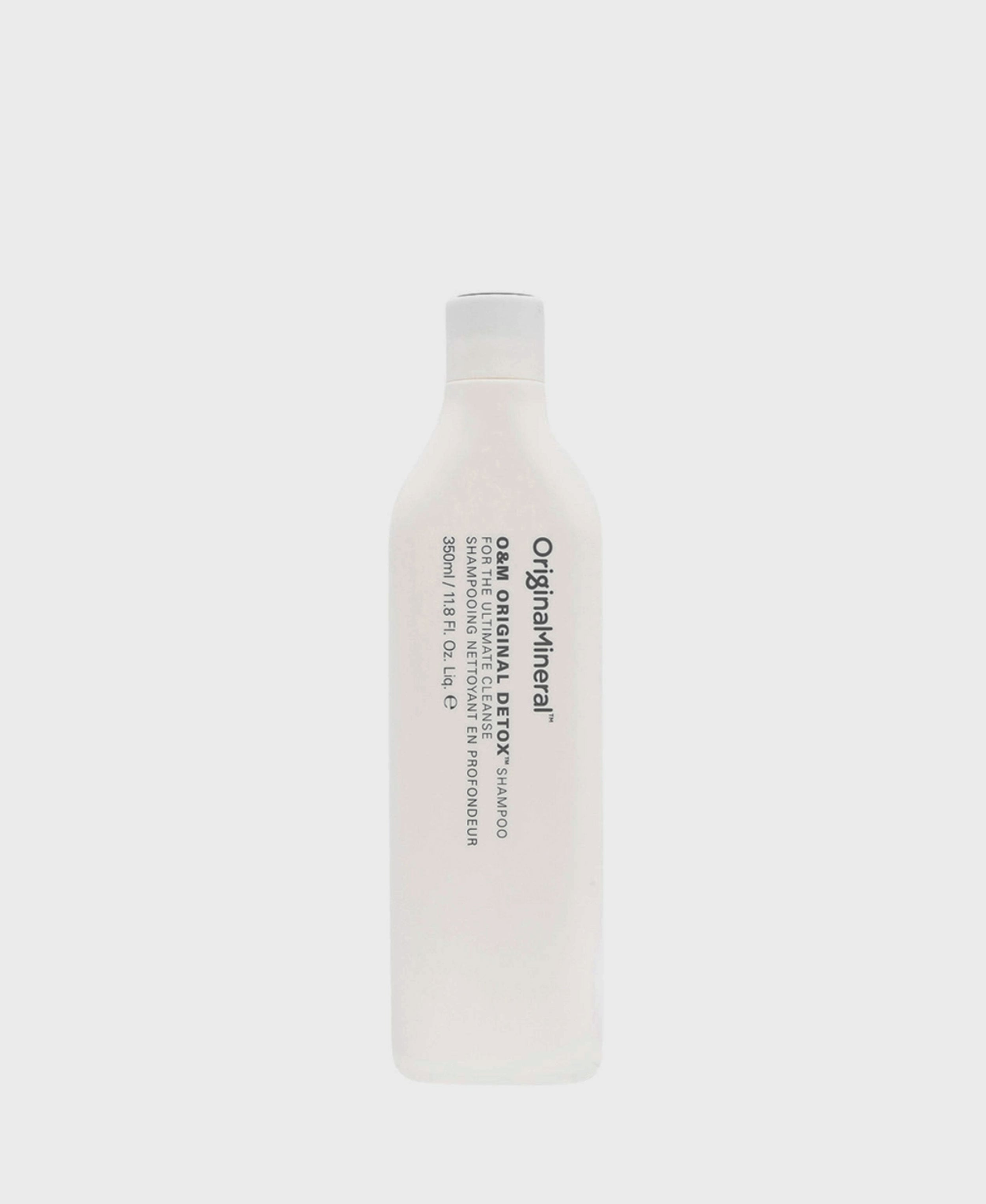
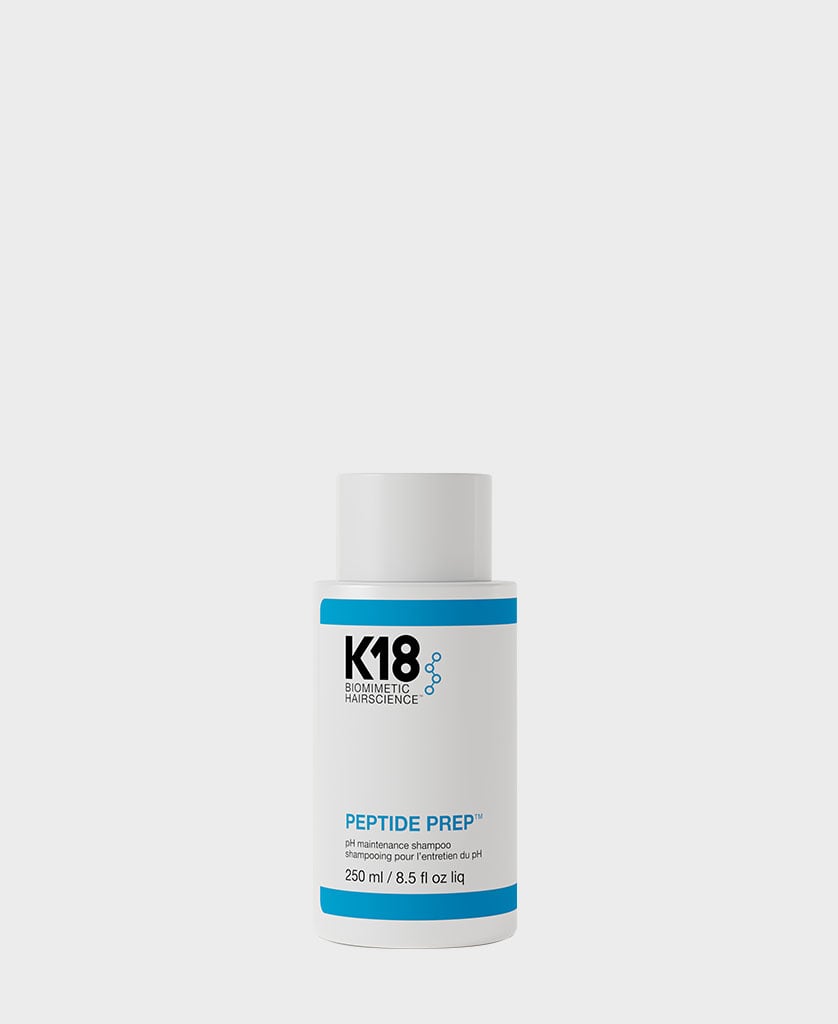
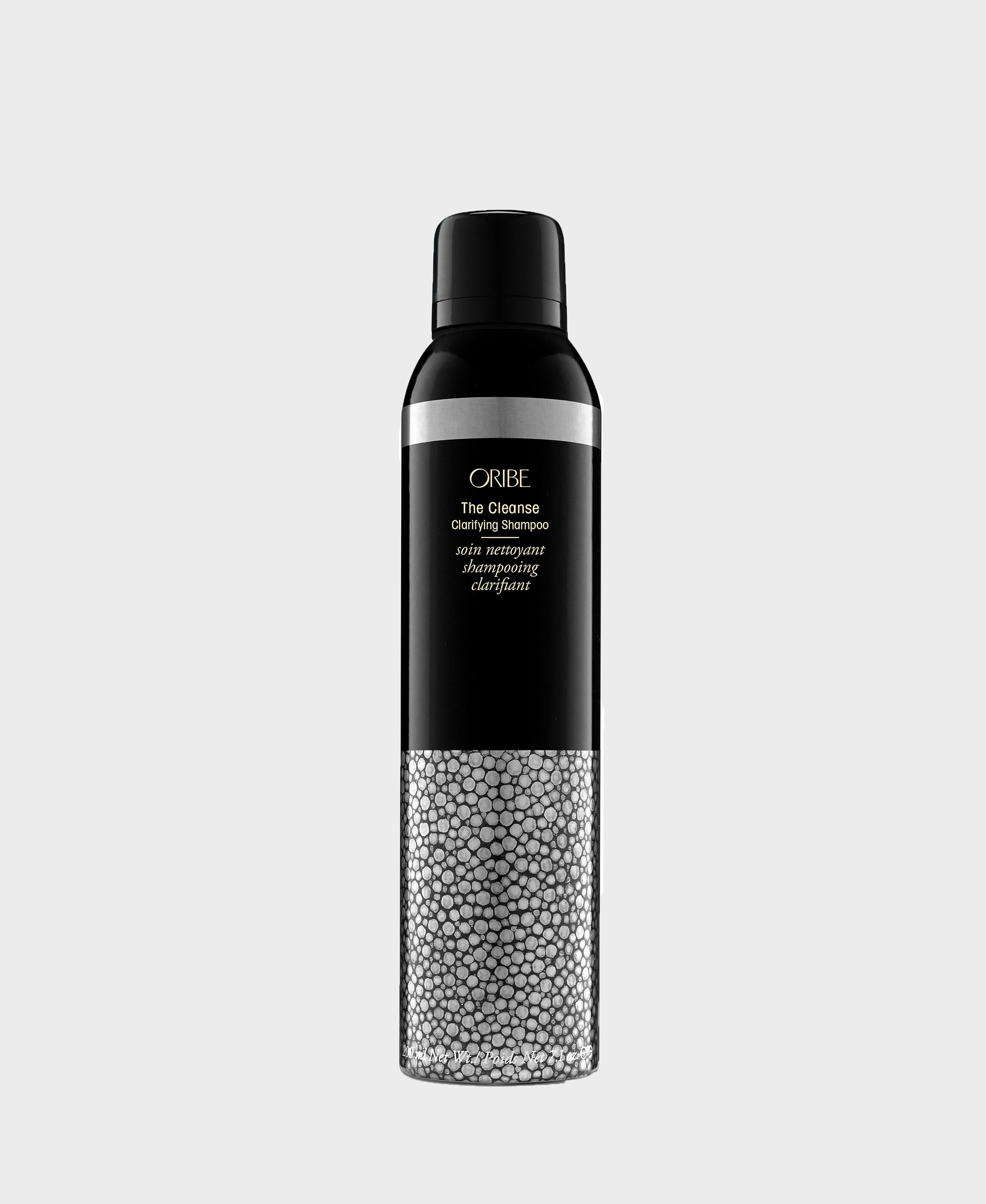
SPF
Unfortunately, due to our lack of ozone layer, our skin and hair are at the mercy of the sun's harsh UV rays. You may not know, that like our skin, our hair can also get sunburnt. The results just look and feel a little different. Sunburnt hair can leave it looking dull, faded or feeling crispy. Fortunately, many haircare products nowadays contain UV protection.
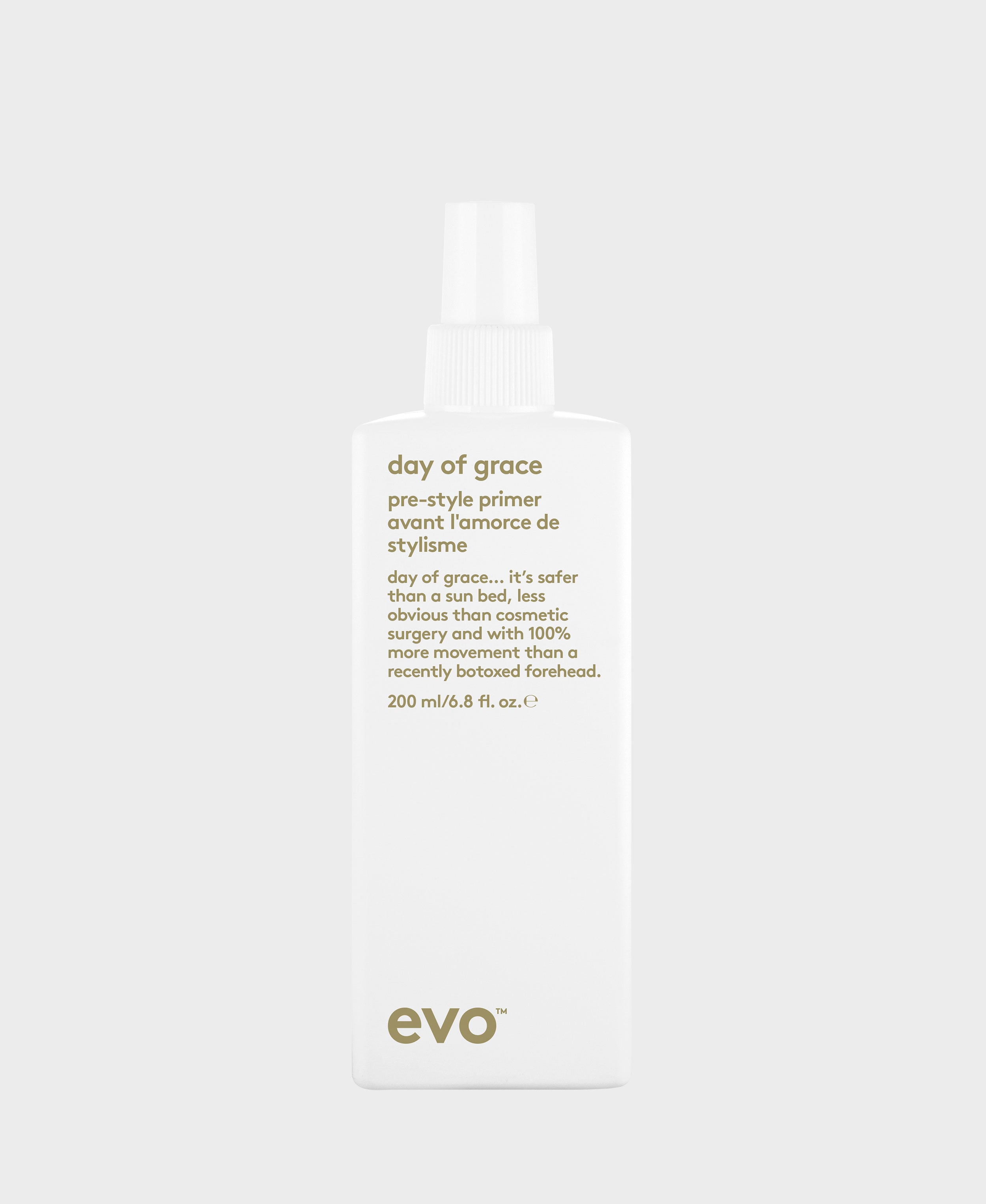
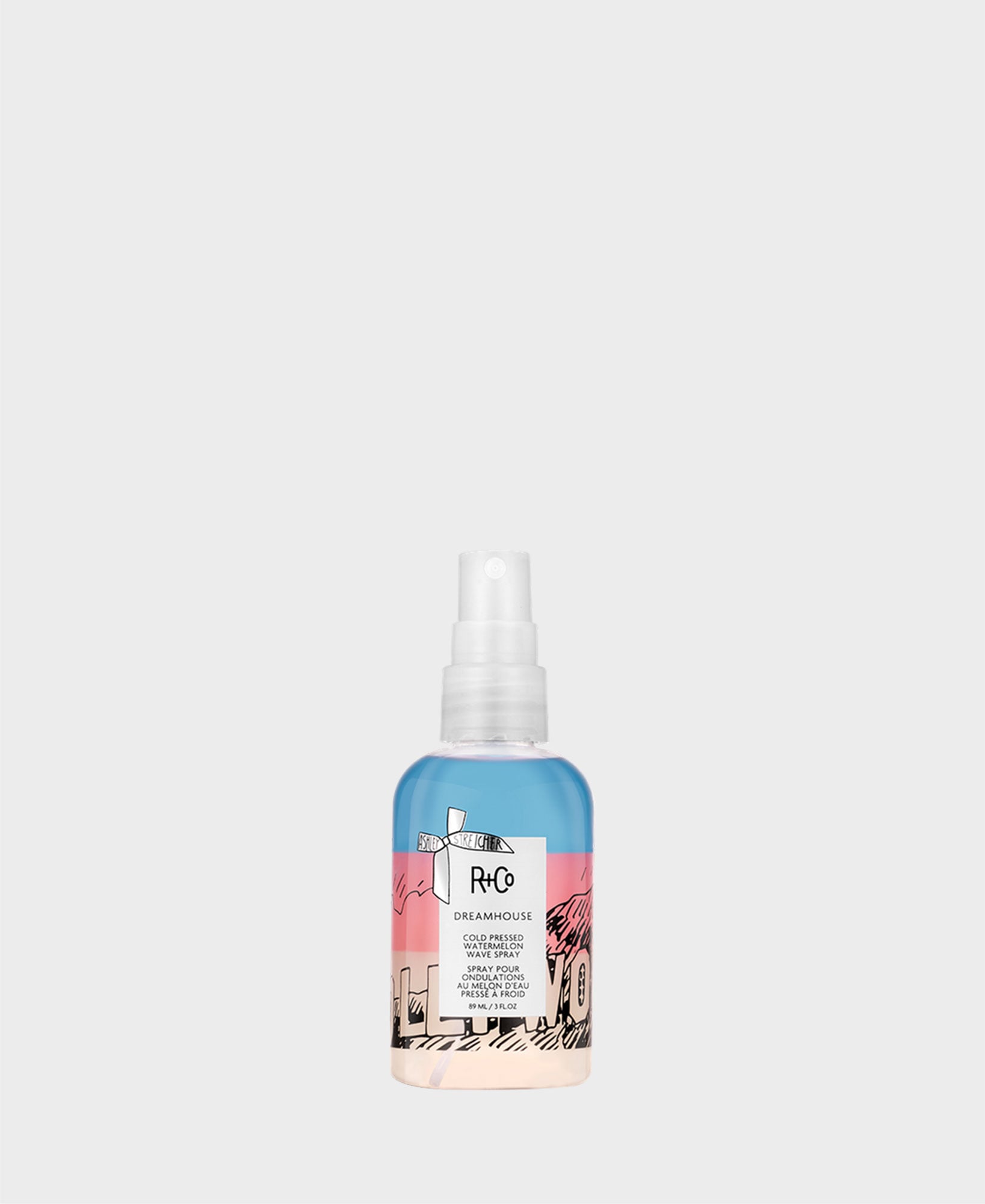


An important takeaway is that you should remain patient and realistic regarding colour corrections. Don't be afraid to ask your hairdresser questions, for a potentially lengthy service such as this, it's crucial to be well-informed about what it's likely to entail.
Keep in mind that like luxury handbags, your hair is worth investing in. When it becomes damaged, leave it to the experts to repair. It may be heavy on your wallet and a little time-consuming but the results will be well worth it.

